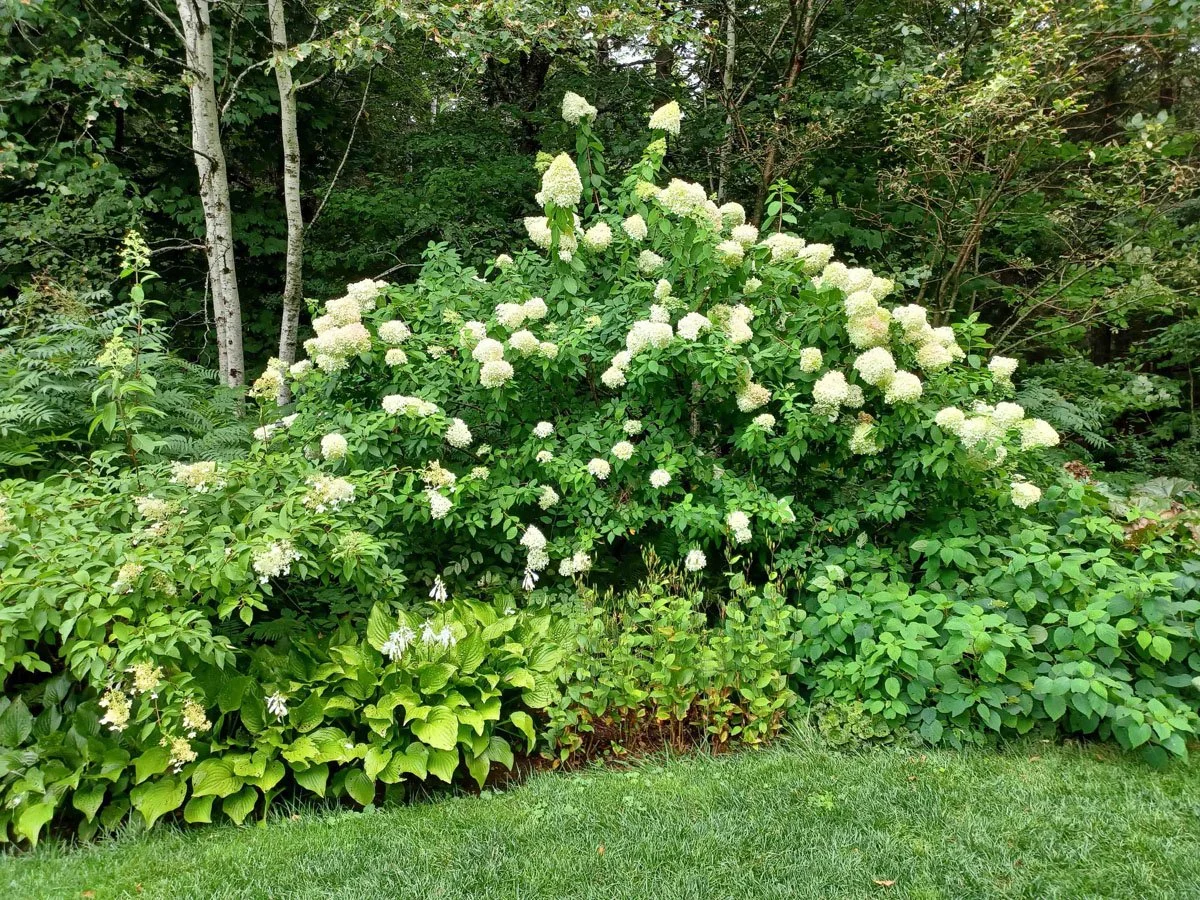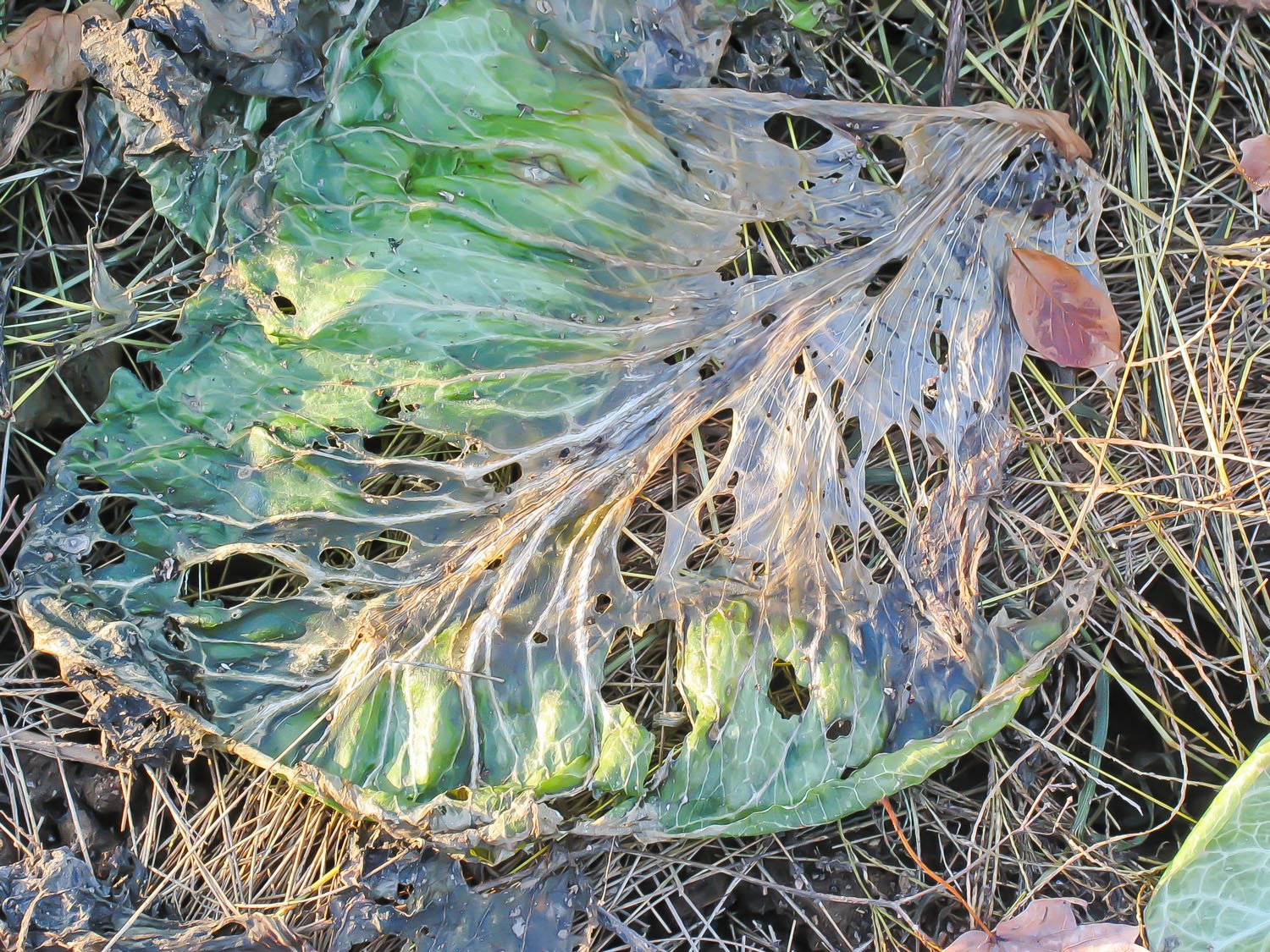The sight of a peony has an inescapable lure for me. - Alice Harding, author of The Peony, 1917
Peonies always bloom in the spring, but did you know there is important work to do this fall to help them bloom magnificently next year? There are many different tasks, and November is the best month for this work, so here are some tips to get you started.
How to Cut Back Peonies
Pruning your peonies needs to be done at the correct time in the fall because the plant is storing energy and nutrients to prepare for growth next spring. The time to cut back peony foliage is after the first frost, not before. For herbaceous peonies, cut the foliage to the ground. For Itoh and tree peonies, cut to a height of about six inches, leaving the woody stems. Place all the dead plant material in the trash bin, not the compost bin, in case there is a disease like Botrytis blight on the leaves.
It is prudent to sterilize your pruning shears to prevent the spread of any bacteria or fungi that can cause disease in plants. Apply 70% isopropyl alcohol or soak your shears in a 10% bleach solution (1 part bleach to 9 parts water) for 30 minutes. After pruning, clean your shears with water and dry them.
Be Careful with the Peony’s Eyes
You can order bareroot peonies from nurseries in the fall, but before you plant them, first soak the roots in lukewarm water for about an hour. Then be sure to plant the peonies in a sunny spot with compost added to the soil. The cost of bareroot peonies is reasonable, but they may take a few years to mature and produce blooms.
When planting peonies, make sure that the peony "eyes" are close to the surface. These pointed red tips produce the stems and the buds, so they are critical for the plant's development. If covered by too much soil, they will not produce blooms the following spring. Be sure to keep the eyes covered with no more than two inches of soil, and water the roots after you plant them.
Fertilize peonies in the fall with bone meal or a 10-10-10 fertilizer. Use only a tablespoon per plant. You can also add a light layer of mulch to both newly planted peonies and established peonies to protect them from the winter cold. Then next spring, as the weather warms and the plants begin to grow, remove the mulch. Every March, I always look forward to seeing the eyes emerge and the plants rapidly growing taller every day.
Since I grow many peonies, November is the month when I like to sit on the ground and inspect my plants to make sure the eyes are close to the surface. Their bloom time is always in May, but I have learned that peonies need careful treatment in the fall to grow well. Since peonies are my favorite flower, I am willing to put the time and effort into making sure they are comfortable for the winter and ready for next spring.
Judith Canty Graves is an award-winning columnist with a home garden in Asheville. Follow @TheObservantGardener on Instagram to see new garden photos daily. This article appears in The Laurel of Asheville.




















